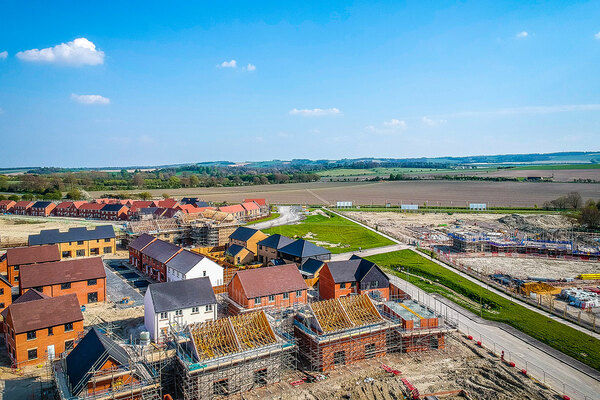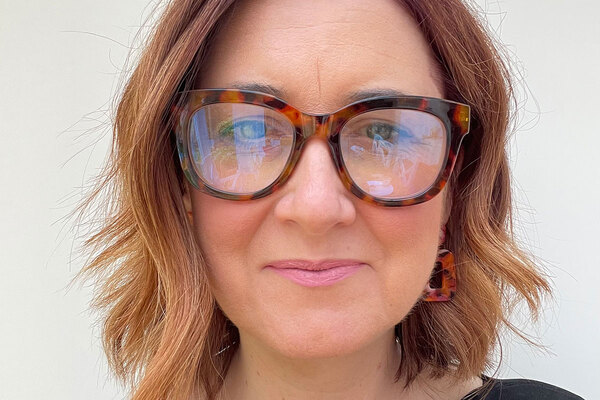You are viewing 1 of your 1 free articles
Affordable Homes Programme: what it will fund and how to bid
Homes England has now published guidance for providers looking to bid for the Affordable Homes Programme (AHP) for the period 2021 to 2026. Dominic Brady highlights important details for prospective applicants

Hailed as the largest investment in affordable housing since 2010, the AHP is intended to fund up to 180,000 homes while tying into the government’s wider objectives for modern methods of construction (MMC) and reduced carbon emissions.
The £12bn funding figure will be split in two, with London getting £4bn over the five years to 2026 and the rest of the country getting more than £7bn. Homes England, the government’s housing delivery agency, will administer and manage the latter amount.
For applicants to stand the best chance of being successful with Homes England, they must understand how the allocations will be decided.
What types of homes will it fund?
Around half the homes will be properties for home ownership. The vast majority of these will be shared ownership homes under the new model outlined this week, which will see lower minimum initial stakes and lower staircasing increments. Other home ownership routes include home ownership for people with long-term disabilities (HOLD), older persons shared ownership (OPSO) and Rent to Buy.
The other half will be for rent – both social and affordable. Social rent homes, which take account of local earnings and property values, will be funded in areas where affordability is a significant challenge.
The programme will also provide homes in more specialist circumstances.
Around 10% will be supported housing, which the government describes as “any housing scheme where accommodation is provided alongside care, support or supervision”.
Another 10% will be built in rural settlements with a population of less than 3,000.
The AHP will also provide funding to bring empty homes back into use, as well as provide new sites for traveller pitches.
The right to shared ownership (RTSO) will apply to most grant-funded, rented homes, with some exceptions.
What it will not fund?
Regeneration schemes and Section 106 homes are ineligible.
Funding will also not be provided when major repairs are required to make a home habitable, as this will be the responsibility of the landlord.
What objectives must applicants achieve to secure funding?
Applicants must show their schemes are in line with some of the government’s new objectives for housebuilding. This will be determined using either the assessment criteria for funding applications or the standard conditions of funding.
The programme will look for developments with a focus on MMC, with strategic partners required to use this form of building for 25% of their development programmes.
The Ministry of Housing, Communities and Local Government (MHCLG) said the funding will also support the take-up of the National Design Guide, introduced last year, which aims to emphasise tree-lined streets and green infrastructure.
Applicants must also show they are working to improve the energy-efficiency and sustainability of new homes, as well as encouraging the use of SME contractors.
Will the funding routes be the same?
Funding routes for the programme will remain the same as for 2016 to 2021. Applicants can bid scheme by scheme through the Continuous Market Engagement (CME) stream, but may also apply to the multi-year strategic partnership scheme with Homes England for longer-term programmes.
CME applications will be judged on cost minimisation (the amount of grant used per home) and deliverability (accounting for the amount of planning, land ownership and progress on contracting at the point of bidding). Consideration will also be given to wider objectives, such as use of MMC, alignment with the National Design Guide and working with SME contractors.
Strategic partnership schemes will be assessed on a wider set of criteria including: value for money, strategic priorities, deliverability and whether they contribute to the government’s home ownership objectives. Successful partners must provide at least 25% of homes using MMC.
Existing strategic partners will be contacted to discuss the approach to bidding for the new tranche of funding.
All CME schemes must be started by 30 September 2025 and completed by 31 March 2026, while strategic partnership programmes must start on site by 31 March 2026 with a view to being completed by 31 March 2028.
What are the next steps?
Only providers registered with the Regulator of Social Housing will be allowed to bid. Applicants must also enter into a new supply agreement with Homes England.
CME schemes will receive payment when they hit delivery milestones – for example, when they reach 40% on site acquisition; strategic partners will be paid quarterly.
Stakeholder engagement will take place between September and November. CME applications and strategic partnerships proposals will be invited by the start of next year.












